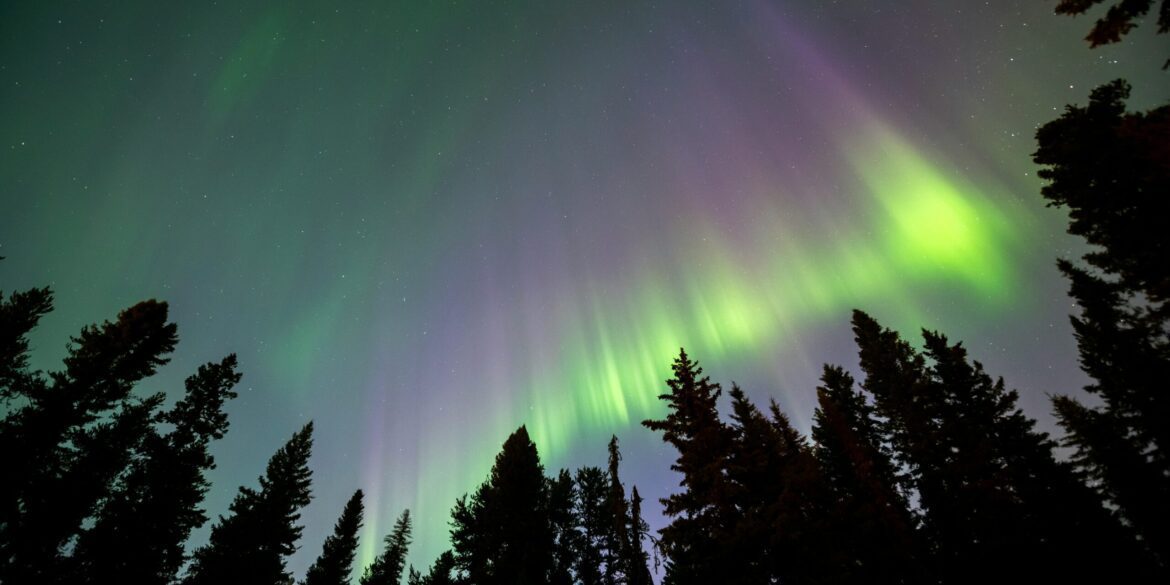On August 1, 2025, the National Oceanic and Atmospheric Administration (NOAA) forecasted that a Kp-index of 3 would bring a visible aurora borealis across multiple northern U.S. states, sparking excitement among astronomy enthusiasts and casual skywatchers alike. This level of geomagnetic activity is considered moderate and, under clear skies and low light pollution, can offer a pleasing light display even at mid-northern latitudes.
According to the forecast, the best viewing window was between 10 p.m. and 2 a.m. local time, particularly in northern Alaska, northeastern Washington, northern Idaho, northern Montana, most of North Dakota, Minnesota, and northern Wisconsin. Fortunately, moonlight interference was minimal—around 49 percent illumination in its crescent phase—meaning it would not significantly hinder visibility.
NOAA and local officials noted that such space weather events help raise public interest in science, as communities leveraged the aurora event to promote astronomy education, public viewing nights, and environmental awareness. Local observatories, schools, and science centers encouraged the public to observe safely and learn about the solar-terrestrial connection.
The aurora borealis is caused by solar wind particles colliding with Earth’s magnetosphere and atmosphere, creating light emissions visible as shimmering curtains of green, red, or purple across night skies. The Kp-index is the standard measure of geomagnetic activity, with values ranging from 0 (quiet) to 9 (severe storms). While a Kp of 3 falls below NOAA’s storm threshold, which begins at Kp 5, it can still produce viewable northern lights in areas with minimal light pollution.
Real-time forecast models indicated that the aurora oval could expand outward up to 1,000 kilometers from Earth’s magnetic poles in favorable conditions, increasing the chance that mid-latitude locations would be able to view the phenomenon with the naked eye. Viewing tips included choosing dark, rural locations away from city lights, heading outside during peak auroral hours, and using smartphone night mode or long-exposure camera settings to capture the display.
In summary, NOAA’s August 1 forecast offered a rare early-month opportunity for Americans in northern states to experience the beauty of the northern lights. Though the predicted Kp-index was moderate, the combination of favorable conditions and growing public curiosity made the event a valuable moment for both science communication and awe-inspiring skywatching.

